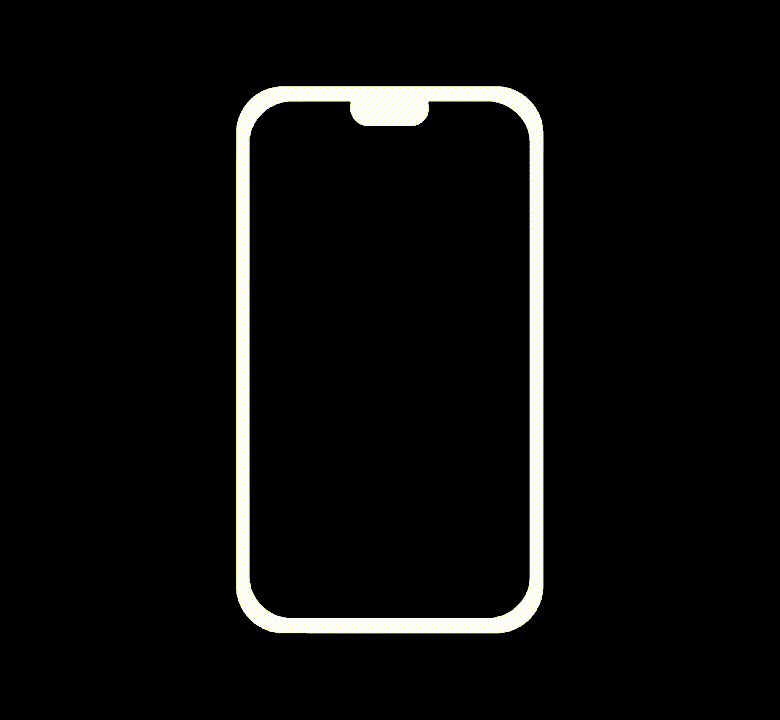The definition of "style"
CARPET
Ornaments
Medallion
Medallion carpet, any floor covering on which the decoration is dominated by a single symmetrical centrepiece, such as a star-shaped, circular, quatrefoiled, or octagonal figure. The name, however, is sometimes also given to a carpet on which the decoration consists of several forms of this kind or even of rows of medallion figures.
Among Persian carpets, particularly those of the classic period, the medallion may represent an open lotus blossom with 16 petals as seen from above, a complex star form, or a quatrefoil with pointed lobes. Toward each end of the carpet there may be added to this centrepiece a cartouche form (an oval or oblong ornate frame), placed transversely, and a finial or pendant that sometimes is very large. In each corner of the field there may appear a quarter-medallion, which may or may not have the same contour and the same appendages as the central medallion. Such combinations are still used in the decoration of modern Persian carpets.
Among the 15th- and 16th-century Mamlūk carpets of Egypt, star, octagonal, and octofoiled centrepieces were preferred, without the other elements mentioned. In Ottoman Turkish and Egyptian classic carpets, the lobed circle was the most common medallion form, as it is in more recent Chinese carpets. Ottoman weavers used the quarter-medallion cornerpiece, but the Chinese preferred to balance against the central figure complete smaller roundels near the corners.
European carpet designers of the 18th and 19th centuries invented fanciful new medallion contours, often including architectural elements and other Renaissance details. Their products have found imitators in commercial carpets from several Persian centres and from India and Japan.
Among Persian carpets, particularly those of the classic period, the medallion may represent an open lotus blossom with 16 petals as seen from above, a complex star form, or a quatrefoil with pointed lobes. Toward each end of the carpet there may be added to this centrepiece a cartouche form (an oval or oblong ornate frame), placed transversely, and a finial or pendant that sometimes is very large. In each corner of the field there may appear a quarter-medallion, which may or may not have the same contour and the same appendages as the central medallion. Such combinations are still used in the decoration of modern Persian carpets.
Among the 15th- and 16th-century Mamlūk carpets of Egypt, star, octagonal, and octofoiled centrepieces were preferred, without the other elements mentioned. In Ottoman Turkish and Egyptian classic carpets, the lobed circle was the most common medallion form, as it is in more recent Chinese carpets. Ottoman weavers used the quarter-medallion cornerpiece, but the Chinese preferred to balance against the central figure complete smaller roundels near the corners.
European carpet designers of the 18th and 19th centuries invented fanciful new medallion contours, often including architectural elements and other Renaissance details. Their products have found imitators in commercial carpets from several Persian centres and from India and Japan.
Khila-Afshan
Khila-Afshan carpets received their name from the village of Khila (known as Amirjan now) in the administrative-territorial unit of the Absheron Peninsula, located 15 km away from Baku. The meaning of the word "Afshan" in dictionary is to scatter, to grind, colorful. These carpets were later produced in Bulbula and Surakhani carpet weaving factories. These carpets, popularly known as "Sajayagi" (Azerbaijani: Sacayağı), are often called "Shirvan" by some foreign authors in their works, and mistakenly "Derbent" by others
Heshti
a staggered pattern. The carpet is divided into squares, each containing a symbolic or vegetal pattern. This pattern is used on handmade Iranian rugs.
Gombad
The Gombad design originated in Persia, but has become widespread throughout the world.
This design can be called the most mesmerizing of all carpet designs. It looks especially great on carpets with many knots, due to its incredible detail and symmetry. The pattern is usually so dense that it almost hides the main background. Often this design balances on the edge of floral ornament and abstract geometry, which makes it versatile and suitable for both classic and modern interiors
This design can be called the most mesmerizing of all carpet designs. It looks especially great on carpets with many knots, due to its incredible detail and symmetry. The pattern is usually so dense that it almost hides the main background. Often this design balances on the edge of floral ornament and abstract geometry, which makes it versatile and suitable for both classic and modern interiors
Modern
depicts individuality
Meta-modern
The Childhood Legend
for those who grown up on the streets
Office
For clerks with a sense of taste
Inu lovers
For fans of the Japanese breed
The Genius nephew
For ones who know what “acting” is.
Literally Me
Look under your feet and feel the pressure to achieve your goals
Tender
Perfect for psychos.
I'm afraid of you.
I'm afraid of you.
Do not harm puppy
buy the carpy
buy the carpy
Rotate the screen horizontally

